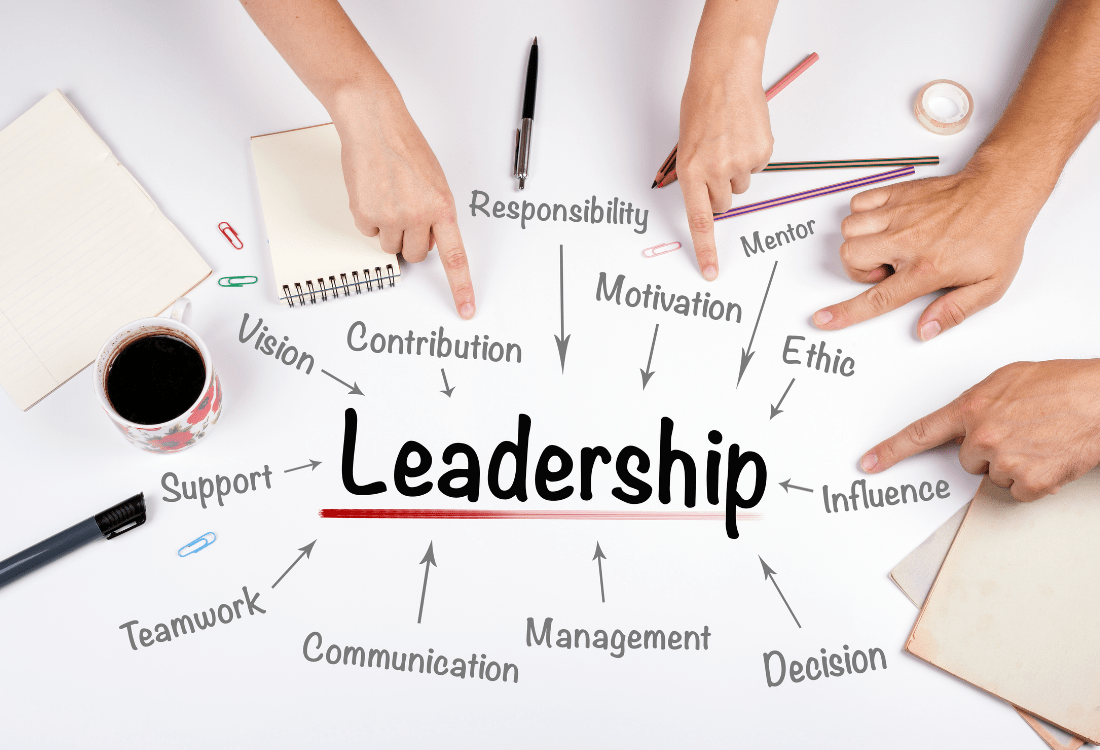Despite being used as interchangeable terms in some organisations, management, and leadership invariably have different functions. Sometimes, good management and leadership can be combined within the same individual, but this isn’t a given. Successful organisations need both managers and leaders, and it’s especially important to be able to call on senior colleagues with the capabilities and confidence to take the initiative and drive change while inspiring their direct reports in line with organisational objectives.
In this article, we’ll look at how to increase leadership potential within your organisation, and what is required to turn managers into leaders.
Management Or Leadership?
So, what are the practical differences between managers and leaders? In very broad terms, managers ensure compliance with organisational policies and goals and maintain operational efficiency, while leaders set strategic direction, enrol, inspire, and motivate their teams within the framework of the organisation’s purpose.
Not all managers want to make the leap into becoming leaders, and some leaders – let’s be honest – sometimes fall short as managers. The charismatic CEO or entrepreneur whose phone is always off and who can’t use a spreadsheet is an extreme, but not entirely uncommon example of this ‘pure’ leadership image, while a capable technocrat without people skills is an example of a ‘pure’ manager without strong leadership skills.
Clarifying Roles Early
To achieve the full potential of your management and leadership team, it’s important to recognise individual potential for management and leadership and develop these characteristics to their full extent, giving your employees the capacity and space to grow. In reality, people are rarely either managers or leaders but work on a sliding scale of skills and competencies in each area.
This spotting of potential can start early in a career. This allows your organisation to embed leadership development early for each employee. Drawing the distinction between the distinct functions of management and leadership can assist growth and support learning, enabling individuals to identify strengths and to better understand their areas of development.
Building A Leadership Mindset
Leadership is as much a matter of mindset as it is about developing knowledge and capability. A leadership development programme should equip all line managers not only with the skills, but the inner philosophy needed to be effective leaders – and a clear understanding of what leadership means and looks like in their context. This can include setting a clear vision for actions, cultivating a sense of purpose in their teams, encouraging self-reflection and humility, and understanding when to manage versus when to lead.
Becoming a better leader does not negate the management aspect of a line manager’s activity. Rather, the knowledge equips managers to make better decisions about when and how to apply their skills, so that they take the appropriate approach in each situation to drive the best outcome.
Developing Individual Leadership Styles
Next Steps
You May Also Like
These Related Stories

Cultivating Teamship Through Your Leadership Development Strategy

The Power Of An Adaptable Team



No Comments Yet
Let us know what you think